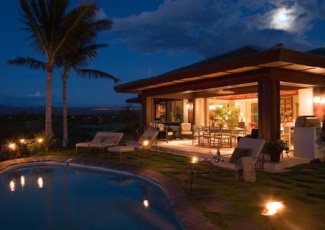The National Association of Realtors (NAR) just reported US vacation home sales dropped 30.6 percent to 740,000 in 2007. This drop is in marked contrast to the increase in shared luxury vacation homes which, as we reported two weeks ago, saw an 8% growth to $2.3bn in 2007.

This shared luxury market, of destination clubs and private residence clubs, sold less than 10,000 units in 2007, so is little more than one per cent of the main vacation home market in terms of units. While the median price for a vacation home dropped 2.5% to $195,000 in 2007, the average price for a fractional ownership rose 7% to $271,000 and the average price for destination club membership is around $300,000.
Lawrence Yun, NAR chief economist, stated that the overall vacation home sales decline in 2007 resulted from a combination of factors "Certainly, second homes are discretionary purchases and there is a natural tendency to pull back from big-ticket items in periods of uncertainty," Yun said. "The other factor is the disruption in the mortgage market, with a significant tightening of credit during the second half of 2007. Some buyers simply adopted a wait-and-see attitude."
Our take is that to some extent the affluent consumers who buy into luxury shared private residence clubs and destination clubs had been less affected by the current economic climate. In addition there are many affluent consumers who are still learning about the varying types of luxury shared ownership, and as they learn more they become more comfortable in buying into the clubs. On the other hand any recession in 2008 is likely to be felt across the board. Tighter mortgage markets and drops in equity markets will impact funding to finance destination club and private residence club memberships.
Yun said lifestyle factors and strong demographics remain positive for the vacation home market. "Investment considerations are secondary for vacation-home buyers, so there is some dormant underlying demand," he said. "A peak of population is moving through the prime years for buying recreational property." SherpaReport certainly agrees with this statement, and we think it applies to destination clubs, private residence clubs and luxury fractional property as much as it applies to regular vacation homes.















